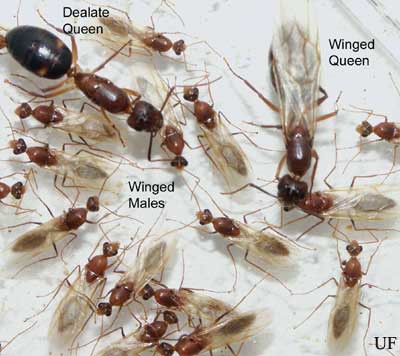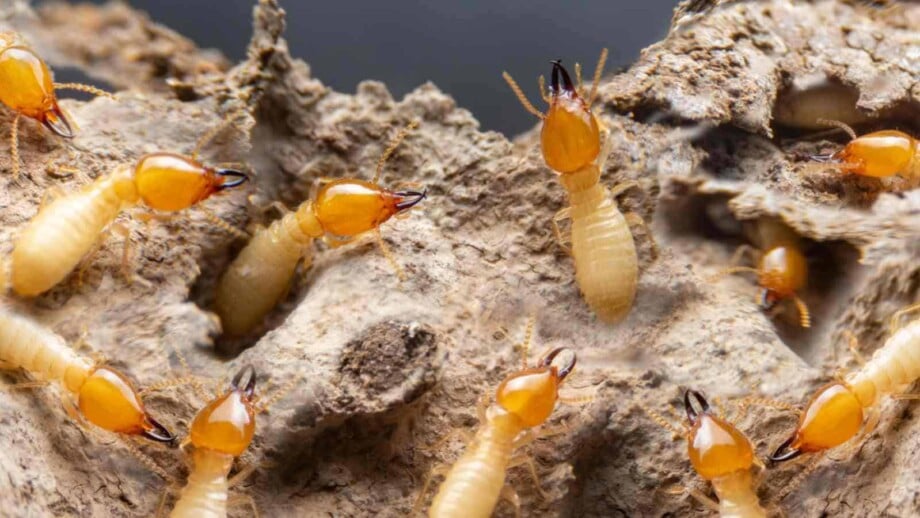You see a swarm of winged insects by a window or emerging from the garden. For a moment, you panic. Is this a harmless summer annoyance or a sign of a house-destroying infestation?
This is a critical moment for any homeowner. Correctly identifying the insect you see is the most important first step you can take. While both ants and termites produce flying "swarmers" (known as alates), their implications for your property are vastly different. One is a nuisance; the other is a significant threat.
This guide provides a simple, clear comparison to help you tell them apart with confidence.
[ flying ants and termite swarmers side-by-side. ]
The 3-Point Identification Check
You don't need to be an entomologist to distinguish between these two insects. There are three distinct physical differences that are easy to spot, as highlighted by expert sources like the U.S. Environmental Protection Agency (EPA).

Caption: Use this visual guide to check the three key features: the waist, the antennae, and the wings.
1. The Waist Test
Flying Ant: Has a very defined, "pinched" waist, creating a distinct hourglass figure.
Termite: Has a broad, straight waist. There is no separation or narrowing between its thorax and abdomen, giving it a uniform, tube-like body.
2. The Antennae Test
Flying Ant: Possesses antennae that are bent or "elbowed" in the middle.
Termite: Possesses antennae that are completely straight and may look like a string of small beads.
3. The Wing Test
Flying Ant: Has two pairs of wings that are unequal in size. The front pair is noticeably longer than the back pair.
Termite: Has two pairs of wings that are all equal in length and size. They look symmetrical.
Beyond Looks: Key Behavioral Clues
Their behavior after the flight can also give you crucial clues.
The most telling sign of a termite swarm is the presence of discarded wings. Termite swarmers shed their wings once they land and find a potential mate. Finding small piles of identical-looking wings on windowsills, near doorways, or caught in spiderwebs is a major red flag for a nearby termite colony. Pest management professionals like Orkin emphasize that this is a key piece of evidence.
Flying ants, on the other hand, do not shed their wings as neatly or immediately.

Caption: Finding piles of identical wings like this is a strong indicator of a termite swarm, not flying ants.
Your Action Plan: What to Do Next
Your response should be dictated entirely by your identification.
If You Have Flying Ants:
Relax. They are not a threat to the structure of your home.
Clean up. For any that have entered your home, a vacuum cleaner is the most effective removal tool.
Prevent entry. Close windows and doors during the swarm and check that screens are in good repair.
If You Suspect Termites:
Act Immediately. Do not ignore the signs. Termites can cause thousands of dollars in damage.
Collect Evidence. If possible, collect a few of the insects or their wings in a small, sealed bag or jar for a professional to examine.
Call a Professional. Do not attempt to treat a termite problem with DIY sprays, which can often make the problem worse by scattering the colony. Contact a licensed and reputable pest control company for a thorough inspection and treatment plan.
By learning these key differences, you empower yourself to protect your most valuable asset. A few moments of careful observation can save you from unnecessary panic or a costly repair bill.
